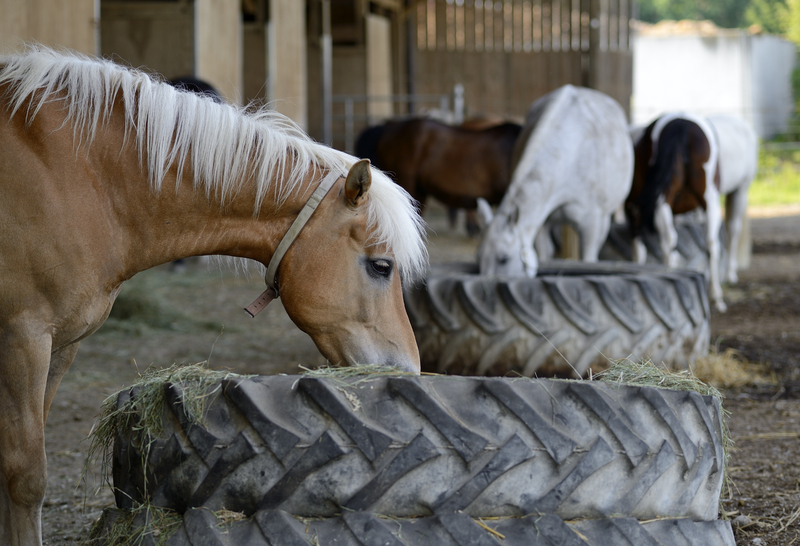Your Role in Responsible PPE Waste Disposal
In today's world, the use of personal protective equipment (PPE) has become essential across various sectors. Whether you're a frontline healthcare worker, a factory employee, or an everyday individual protecting yourself during a pandemic, PPE is a crucial part of daily life. However, with increased reliance on these protective tools comes a significant challenge: responsible PPE waste disposal. Understanding your role in managing and disposing of used PPE in an environmentally conscious way is vital for protecting public health and safeguarding our planet.

What Is PPE Waste?
Personal protective equipment (PPE) includes items such as face masks, gloves, face shields, gowns, and shoe covers. These are designed for one-time or limited reuse, often after contact with pathogens or hazardous materials. Once used, these items become potential vehicles for contamination and environmental pollution, contributing to the growing issue of medical and hazardous waste management.
Types of PPE Waste
- Disposable Face Masks
- Latex, Nitrile, or Vinyl Gloves
- Face Shields and Goggles
- Protective Clothing and Gowns
- Shoe and Head Covers
Why Is Proper PPE Disposal Important?
Proper PPE waste management is more than just a responsibility; it is essential for public safety, environmental preservation, and compliance with health regulations. Mishandling used PPE can result in health risks, litter, and significant environmental impact.
- Health Risks: Improper disposal can spread infections and put waste handlers, cleaners, and the public at risk.
- Environmental Pollution: PPE contains plastics and synthetic fibers that can persist in landfills and oceans for decades.
- Legal Compliance: Many countries have regulations regarding the safe management of biohazardous and medical waste, including PPE.
The Scope of the PPE Waste Problem
During global health emergencies, such as the COVID-19 pandemic, the world witnessed a massive surge in PPE use. According to estimates by the United Nations, nearly 75% of used masks and other pandemic-related waste end up in landfills or oceans, creating a new kind of pollution crisis.
Your Personal Role in PPE Waste Disposal
You may wonder, how can one person make a difference? The reality is, responsible actions by individuals, when multiplied across communities, can significantly reduce environmental and health risks. Let's explore the specific steps you can take to contribute to responsible PPE waste disposal in your daily life.
1. Understand What Qualifies as PPE Waste
- PPE that has come into contact with bodily fluids or hazardous materials should never be disposed of with regular trash.
- Even seemingly "clean" PPE, like masks worn in public, can retain pathogens and should be treated as potentially infectious waste.
2. Practice Safe Handling of Used PPE
- Remove carefully: Avoid touching the front of masks or gloves. Handle only the straps or edges.
- Seal tightly: Place used items in a sealed bag before throwing them away, especially if you display any symptoms of illness.
- Wash your hands: Immediately wash your hands thoroughly with soap or use hand sanitizer after handling used PPE.
3. Segregate Your PPE Waste Properly
Dedicated bins or containers for PPE waste disposal help prevent cross-contamination. Look for labeled bins marked "PPE Only," and never combine PPE waste with recyclables or general trash unless instructed by your local waste management authorities.
- At home: Use a closed, lined bin for storing used PPE temporarily.
- At work: Employers should supply clearly marked waste disposal points for PPE, especially in workplaces with high risk of exposure.
4. Do Not Litter PPE in Public Spaces!
Discarding face masks, gloves, or wipes on the ground is not only unsightly but also dangerous. These items can be blown by the wind, clog drainage systems, or harm animals that may try to eat or shelter in them. Always dispose of PPE waste in designated bins to prevent pollution and health hazards.
5. Explore Eco-Friendly Alternatives
Whenever possible, opt for reusable PPE options that can be safely sanitized between uses, such as cloth masks or washable gowns. Reducing your reliance on single-use items directly decreases the amount of waste you generate.
- Reusable Masks: Made from washable fabrics, these can be sanitized and reused, reducing landfill waste.
- Washable Gloves and Gowns: In non-medical environments, consider alternatives that can be laundered safely.
How to Encourage Responsible PPE Waste Disposal in Your Community
Personal responsibility is crucial, but collective action amplifies results. Here's how you can help foster responsible PPE waste management in your community:
Educate Others on Proper Disposal Methods
- Share information with family, friends, and neighbors about why it is important to correctly dispose of PPE.
- Advocate for signs near public bins or entrances of community centers to remind others about PPE disposal best practices.
Support Local Waste Management Initiatives
- Participate in or organize PPE waste collection drives.
- Work with local authorities to install or improve PPE-specific waste bins in public spaces.
Advocate for Innovation and Policy Change
- Encourage businesses, schools, and institutions to adopt sustainable PPE procurement and disposal policies.
- Support recycling research and the development of biodegradable PPE.
The Impact of Improper PPE Waste Disposal
Understanding the consequences of improper disposal actions highlights the critical importance of your role in responsible management:
- Public Health Hazards: Discarded PPE can harbor viruses and bacteria, leading to disease transmission.
- Wildlife Threats: Animals have been found entangled in masks or ingesting gloves, leading to injury or death.
- Environmental Damage: Plastics from PPE break down into microplastics, polluting water and soil and entering the food chain.
Steps to Implement PPE Waste Management at Home or Work
Create a Systematic PPE Waste Disposal Routine
- Designate a PPE Waste Bin: Use a dedicated, closed bin for PPE only.
- Use Supplies: Keep a supply of strong, leak-proof bags for wrapping PPE.
- Label Bins Clearly: Use bold labels to avoid confusion with recyclables or food waste.
- Empty Regularly: Dispose of PPE waste bags frequently to prevent overflow.
Educate Household or Team Members
- Hold brief sessions on safe PPE removal and disposal practices.
- Post informational posters or reminders in visible areas.
Stay Updated on Local Regulations
Some municipalities offer specific guidance or collection schedules for hazardous or medical waste. Always check your local waste management guidelines to ensure you are complying with the latest recommendations on PPE waste disposal.
Recycling and Advanced PPE Waste Solutions
Recycling traditional PPE waste is challenging due to its composition and the contamination risk. However, technology and innovation are paving the way for more sustainable solutions:
- Specialized Recycling Programs: Some companies and cities have launched pilot programs to collect and recycle PPE.
- Biodegradable PPE: Research efforts are underway to develop PPE from sustainable materials that break down safely in nature.
- Energy Recovery: Certain types of plastic PPE can be converted into energy via incineration, though this must be carefully managed to reduce emissions.
Stay informed about new options in your region and support organizations working toward sustainable PPE management.
Frequently Asked Questions (FAQs) About PPE Waste Disposal
What should I do with used face masks?
Place used face masks in a sealed bag and dispose of them in a general waste bin, not in recycling bins.
Can PPE like gloves and masks be recycled?
In most cases, no. PPE that has been contaminated cannot be recycled through household recycling systems. Specialized recycling programs may exist in your area for certain items.
How often should PPE bins be emptied?
Daily or after each use session is ideal, depending on usage patterns, to minimize contamination risk and odors.
Is burning PPE waste a good practice?
Only in controlled, regulated environments. Open burning can release hazardous toxins. Use municipal services designed for medical waste disposal.

The Future of Responsible PPE Waste Disposal
The challenge of PPE waste will persist as long as these materials are required for health and safety. Your ongoing commitment to responsible PPE waste disposal is key to reducing landfill strain and protecting public health. Additionally, advocating for improvements in product design, supporting waste management innovations, and educating others will accelerate the shift toward a cleaner, safer environment.
Conclusion: Be a Part of the Solution
Your actions matter! By taking simple steps to properly manage personal protective equipment waste, you help prevent pollution, protect your community, and preserve our environment for future generations. Let us all play a proactive role in responsible PPE waste disposal and encourage others to follow suit. Together, we can turn a challenge into an opportunity for positive change.
